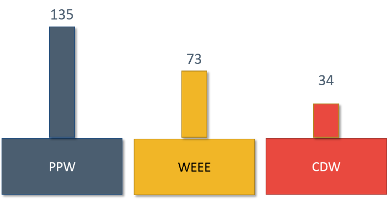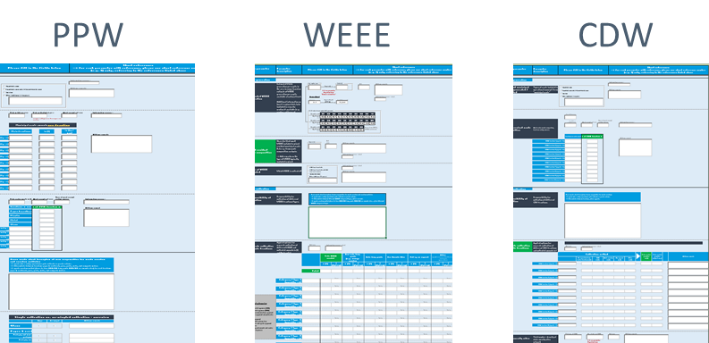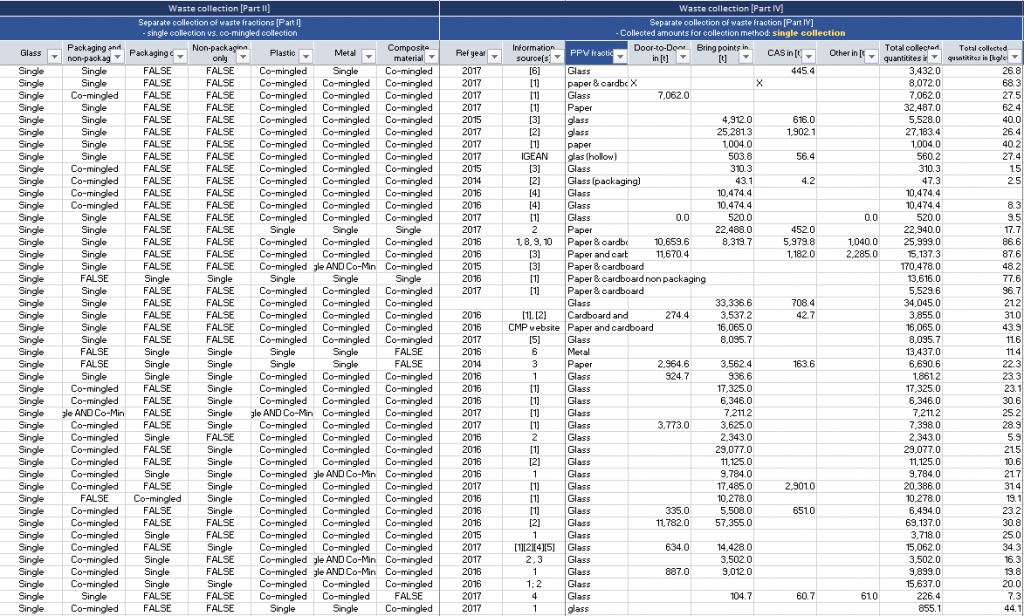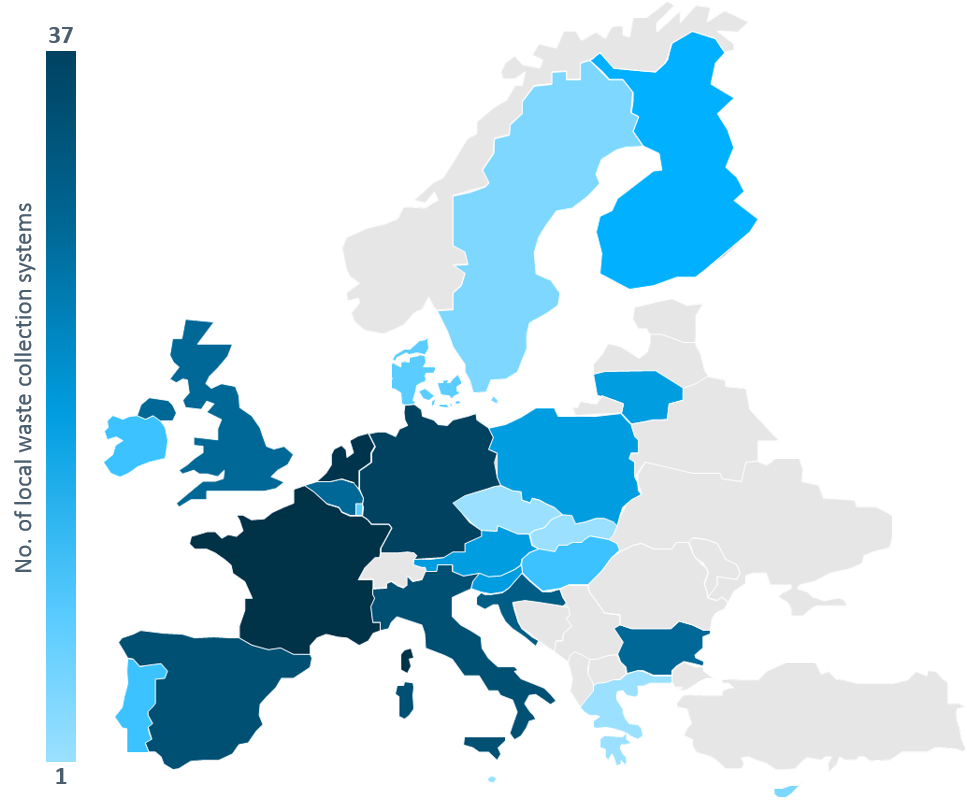 After the set of key parameters for describing and assessing key elements of waste collection systems has been defined in the first project phase (see https://www.collectors2020.eu/news/key-parameters-for-waste-collection-systems-defined), the actual “mapping of information on waste collection systems throughout Europe” finally started in spring 2018. The output of the key parameters identification process provided the starting point for developing an approach to collect information on waste collection systems.
After the set of key parameters for describing and assessing key elements of waste collection systems has been defined in the first project phase (see https://www.collectors2020.eu/news/key-parameters-for-waste-collection-systems-defined), the actual “mapping of information on waste collection systems throughout Europe” finally started in spring 2018. The output of the key parameters identification process provided the starting point for developing an approach to collect information on waste collection systems.
The task leader BiPRO Part of Ramboll developed a concept to identify and map local waste collection systems for all three waste streams in focus (PPW, WEEE, and CDW). With the contribution of all project partners, an inventory including information on 242 local waste collection systems from 25 EU countries could be established. The following steps have been applied for preparing the inventory:
- Developing a coherent approach for information mapping – based on the key parameter list of the previous phase, templates for data collection have been prepared for each of the three waste streams. The challenge was to define a standardised approach facilitating an effective data collection while simultaneously enabling the sub-sequent comparison of as many data points as possible to obtain information on the features and performances of specific waste collection systems. Before the mapping exercise could start, countries were distributed among project partners based on regional expertise and language skills. The aim was to cover both a high variety of local systems from different countries as well as systems with differing characteristics (urban, rural, island, etc.).
- Big data? Consolidating all information into one database – 242 local waste collection systems from 25 EU countries have been selected and investigated during the summer. The approach for filling the inventory consisted of two steps:
- Literature research to collect and compile information on each local system from publicly available information sources (applied for all systems).
- Consultation of competent authorities to close potential data gaps and verify information (applied for selected systems only).
The distribution of waste collection systems per waste stream that have been assessed and included in the inventory is as follows: 135 PPW systems, 73 WEEE systems, and 34 CDW systems.
- What’s next? Evaluation of information – information on local waste collection systems as included in the inventory will be used for different tasks of the COLLECTORS project.
- The inventory serves as basis for the selection of 12 case-studies based on a multi-criteria decision method (MCDM). This on-going selection of the 12 case-studies is led by VTT and has been initiated during the 2nd project meeting in Malta (25 – 28 September 2018). In the next phases of the project, the 12 selected cases will be assessed by different project partners in more detail in terms of main challenges and boundary conditions, life cycle aspects, costs and benefits etc.
- The inventory will also be published on the COLLECTORS website. Competent authorities will have the chance to verify collected information, add additional information to the inventory etc. to further improve quality, reliability, and extent of the inventory.


